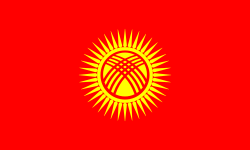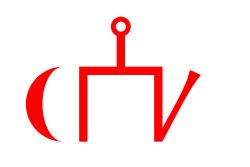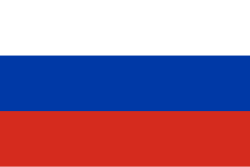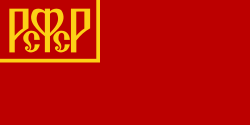Contents
- National flag and state flag
- Governmental flags
- Military flags
- Regional flags
- Political flags
- Historical flags
- Achaemenid Empire (540 B.C.–330 B.C.)
- Han China (101 B.C.–185 A.D.)
- Sasanian Empire (224-350 and 563-642)
- Tang China (657–751)
- Tibetan Empire (670–692 and 755–842)
- Umayyad Caliphate (712–747)
- Abbasid Caliphate (750–886)
- Chagatai Khanate (1294–1347 and 1361–1363)
- Golden Horde (1294–1446)
- Timurid Empire (1370–1507)
- Qing Dynasty (1760–1864)
- Emirate of Bukhara (1785–1870)
- Russia (1870–1918)
- Turkestan Autonomy (1917–1918)
- Russian Soviet Republic (1918–1922) and Soviet Union (1922–1991)
- Proposed flags
- See also
- References
- External links
This article needs additional citations for verification .(April 2022) |
This is a list of flags used in Kyrgyzstan.


































































